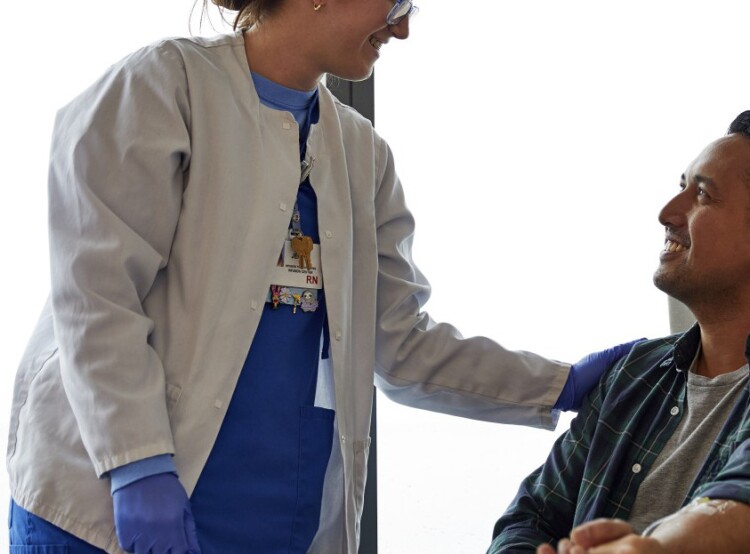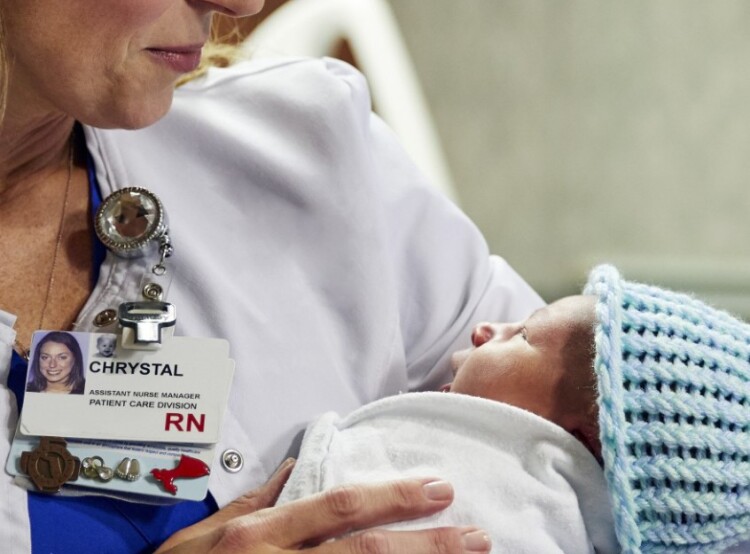Get Inspired
When a design, when an idea, when simply thinking differently can save lives, it's important to make sure nurse innovators know how to move forward. That means empowering them to move from the bedside into the boardroom. Their extensive, hands-on patient experience means they’re the first to identify a patient’s problems and needs. And with their training, skills and innate resourcefulness, they’re also qualified to help shape what healthcare is, into what healthcare ought to be.
Here, we’ve collected stories from nurse leaders who have done just that. From past to present, they’re inspiring a new generation of innovators. Even if they don't consider themselves innovators yet.

- INTRO
How are nurses shaping healthcare today?
Spotlighting today’s emerging innovators and healthcare leaders is not only a way to celebrate them and their achievements—it’s also an opportunity to inspire and educate nurses who want to join their ranks in the future.














Why Nurse Innovation Matters
Throughout history, nurses have brought innovation to patient care and profoundly changed human health. And for over 120 years, Johnson & Johnson has been proud to support and elevate the impact of nursing by championing nurse-led innovation. Today, we continue to be committed to advocating for, and empowering nurses globally, as critical drivers of better human health outcomes.
Healthcare's Top Innovators: Nurses
Every day, nurses are innovating on the front lines of health, providing life-changing care, and driving better health outcomes for patients and families. As a guide to present and future nurse innovators, “Healthcare’s Top Innovators: Nurses” is presented by Rebecca Love, MSN, BA, RN, FIEL, Director of Nurse Innovation & Entrepreneurship, School of Nursing, Northeastern University, Boston, MA.
- Growing from a single hackathon to a global platform for nurse-led innovation, NurseHack4Health has been empowering nursing teams to design bold, scalable solutions for five years. This year’s Pitch-A-Thon showcases the breadth of nursing ingenuity, from AI-driven maternal health tools and sensory-based care innovations to solar-powered dialysis and digital workforce solutions, demonstrating how nurses everywhere are transforming healthcare.2025-11-11T15:04:29.850Z
- A groundbreaking hybrid program from Duke Health and Johnson & Johnson is equipping nurse practitioners (NPs) with leadership and business acumen tools to design and launch NP-run primary care and behavioral health enterprises in limited-resource settings. Learn how 20 NPs are expanding access, advancing equity, and empowering community-driven care.2025-10-08T21:19:16.836Z
- In a novel and impactful model, Ascension is transforming healthcare innovation by pairing nurse operators with practice-based nurse scientists. This partnership blends operational expertise with scientific rigor, turning frontline insights into scalable, evidence-based solutions. From reducing falls in emergency departments to improving retention and safety, the approach delivers measurable impact and empowers nurses to lead change.2025-09-04T14:04:43.417Z
- Nursing Timeline
- Nursing TimelineSource: A Scrub's Life
- Nursing TimelineSource: Nurse.com
































